Introduction
There are various methods of manufacturing intricate parts and objects for industries. These methods include die-casting, 3D printing, centrifugal casting, investment casting, gravity casting, etc.
However, in this article, we would consider the methods of die-casting and 3D printing. We would also consider a contrast of both methods.
Okay so, let’s dive in.
What is die-casting?
Die casting involves the injection of molten liquid metal into a mold and then allowing it to solidify before removal (from the mold).
The casting takes the shape and design of the mold.
This is the way of most metal casting process and metal casting method,but also suit for plastic parts
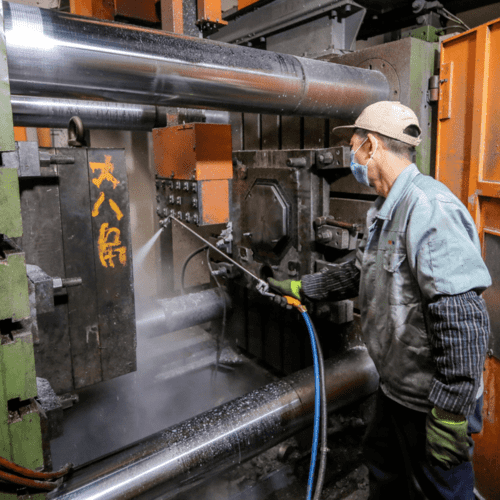
Manufacturing process
• Preparation of mold
The mold is known as the tooling. The mold design determines the dimensions and contours of the casting. It affects the configuration, shape, uniformity, and quality of the castings.
So, before preparing the mold, you should consider the dimensions and geometry of the castings you want to manufacture. You should calculate the design of the mold according to the size of the casting.
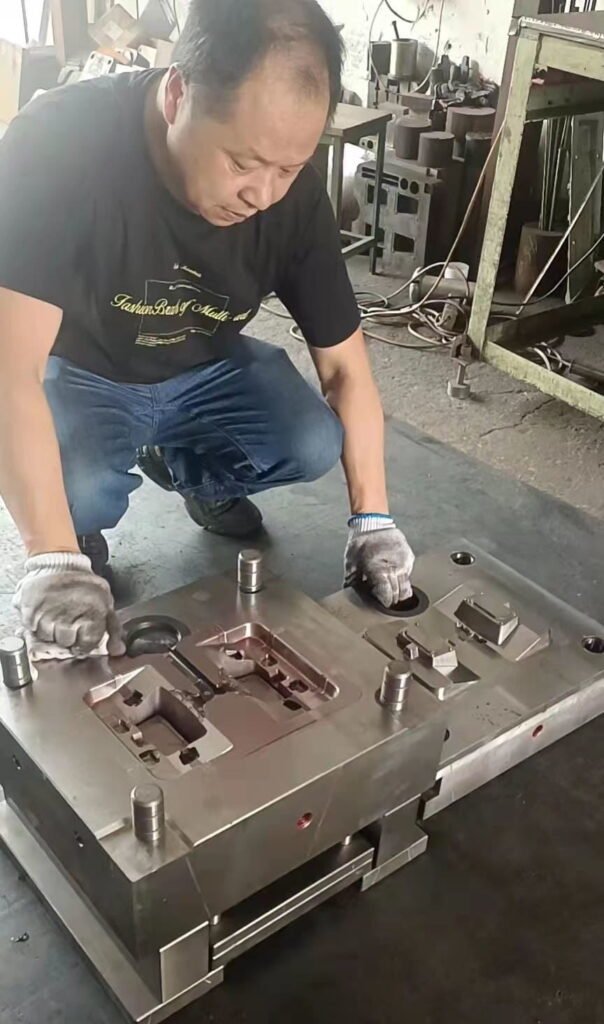
The mold can’t large scale production, so the unit price will be a little high .
It including die casting mold, sand mold ,injection molding .
To make a mold, use a strong metals with higher strength and melting temperature , If not, the die can get damaged during the casting process.
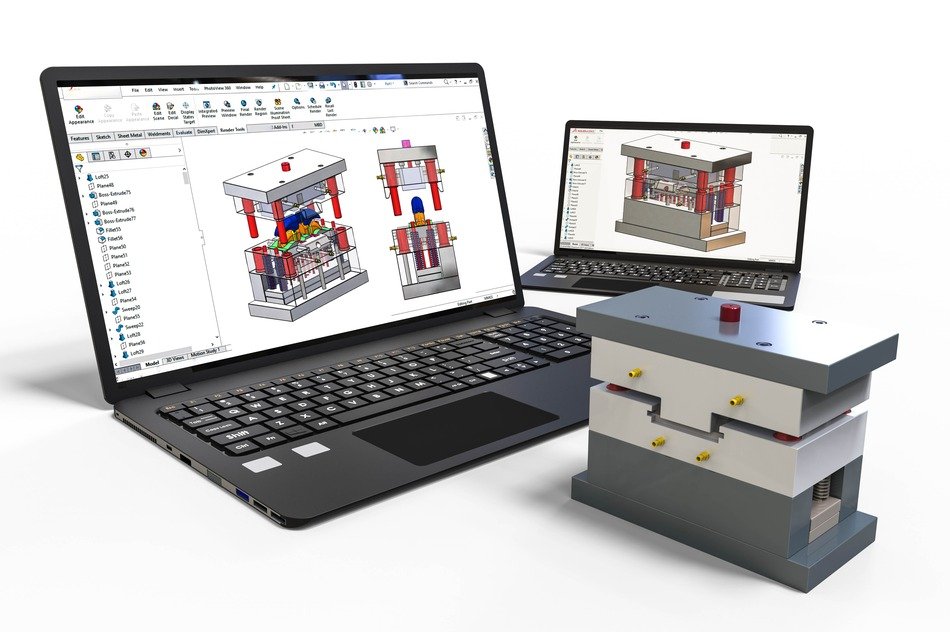
To design the mold, you can use the 3D CAD/CAM systems. Computer-aided simulation calculation helps to optimally adapt the mold to the die-cast parts.
There are two halves in the mold, known as cavity and core.
• Holding the molds in the die-casting machine
This will enable the mold to withstand forces. The casting machine would keep the mold halves locked together during the die-casting process.
It will prevent opening or springing back which may cause the liquid metal to squirt out.

It is a traditional manufacturing processes,and can get high quality parts and high volume production
It usually use in medical industry ,automotive industry ,light industry .
• Injection of the molten aluminum into the chamber
At this point, you would have to apply the molten metal into the die-casting machine. after high pressure to this mold and metal, we get final product
There are two methods to do this, which are: The hot chamber and the cold chamber die-casting.
The hot chamber die-casting is more common than the cold chamber.
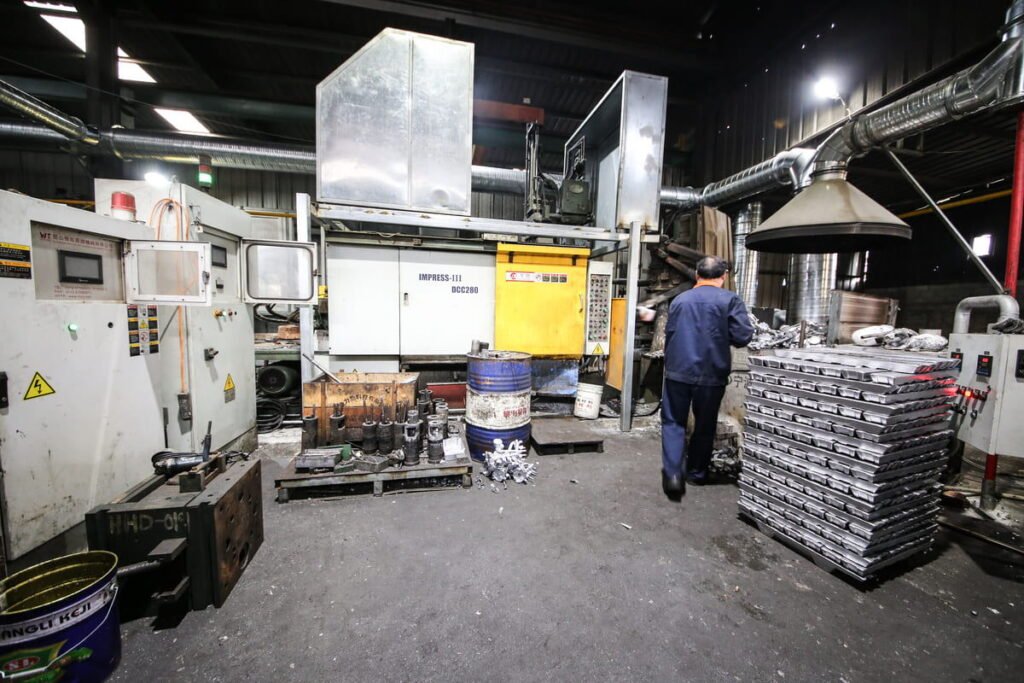
•Production process for metal casting
In hot-chamber die-casting, metal would be heated within Melting Pot
On the other hand, in cold-chamber die casting, metal would be heated in a completely separate melting pot and then transferred into the casting machine.
1. Solidification of the die-casts
Before ejecting the die-cast from the mold, ensure the cavity is solid. If the raw material is still in liquid form, you need to let it cool off before ejecting it.
2. Removal of the die casts
After solidification, you can now remove the die casts from the machine. Thereafter, you need to apply the lubricant again on the internal surface before clamping the die together

3.CNC machining
This is to cut off any excess parts in the cast parts and make them more precise. this is how precise parts produced .
4. Finishing
This is the last stage of stainless steel die-casting. The various surface treatment options you can use include: powder coating, chemical film, anodizing, etc.
Die casting is traditional methods for mass producing .
What is 3D printing?
This refers to the construction of a three-dimensional physical object from a CAD (Computer-aided design) model or a digital 3D model. It uses CAD to create objects layer by layer.
It works just as a traditional inkjet printer, although in 3D. First, you have to model the parts or objects you want to make.
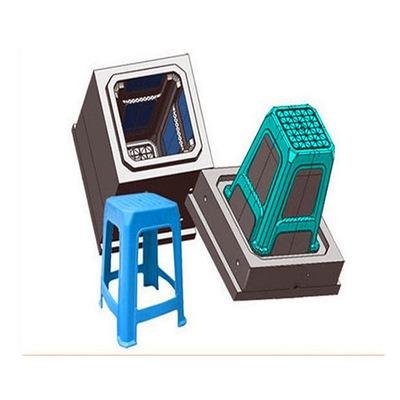
This is because the 3D printer can’t guess the design you intend to make.
3D modelling is a technique in computer graphics for producing a 3D digital representation of any object or surface. You would use modelling software for this.
The various modelling software includes Four Neo, Blender, Rhino, Revit, etc.
Some designs may too intricate and complex for die-casting.
Here is where 3D modelling comes in. You can make any sort of design with the model, no matter how complex.

The 3D modelling system would enable you to customise your product to the littlest details.
After creating the model, you need to slice it (the model) into layers. You would use slicing software here. This software is also known as a slicer.
This software converts a 3D object model to specific instructions for the 3D printer. It takes a scan of each layer of a model and guides the printer on how to move to recreate that layer.
It gives object internal lattices and columns to this printer. This helps to shape and strengthen the object.

The different slicing software includes Cura, Idea maker, Craft Ware, Kisslicer, Astroprint, Pathio, etc.
You need to place powdered metal in the laser of the printer. Heat the metal powder such that it distributes easily layer by layer to give a complete and perfect shape.
At this point, the printer would print, just like the traditional inkjet printer. The nozzle moves back and forth while dispensing a wax or plastic-like polymer layer-by-layer.
It waits for the preceding layer to dry before adding another layer, till you get the desired shape.
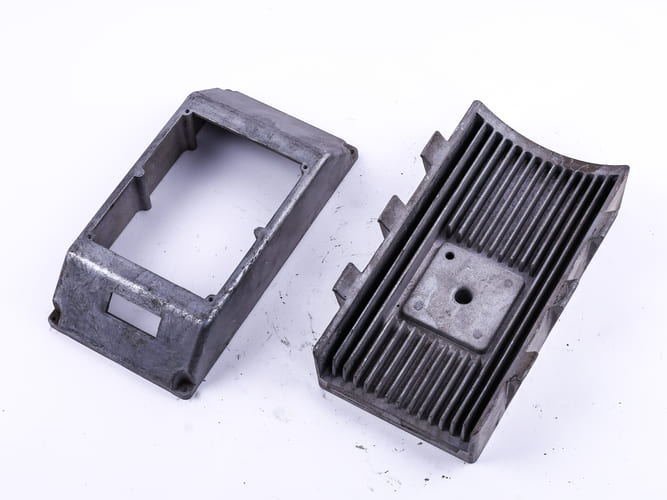
Note that the various materials you can use here include metals such as aluminium, cobalt, titanium, steel, nickel, etc. Because of its flexibility, aluminium alloy is preferred
There are various 3D technologies. These include Stereolithography technology which uses an ultraviolet laser to craft the object.;
the Digital Light Processing which uses laps to produce prints at a higher speed.
There is also the Selective Laser Melting (SLM) which spreads a thin layer of the metal powder on the bed, and then a laser melts the metal to create the shape of the 3D model.
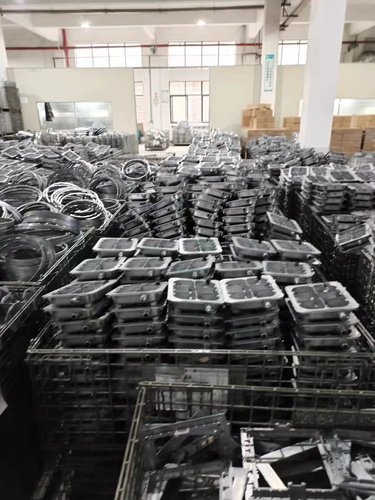
The Digital Metal Laser Sintering is similar to the SLM. It uses a laser for sintering metal powder, layer-by-layer.
In this process, the scanning of a high-power laser beam completely melts the metal powder. Each layer of a part is created by aiming a laser at the powder bed at specific points.
Binder Jetting is a 3D printing method that doesn’t use a laser. The metal powder is fused with a binding agent and lightly cured between each layer.
It is a very fast and cost-effective printing process.but i think there will be have newer technology for 3d printed
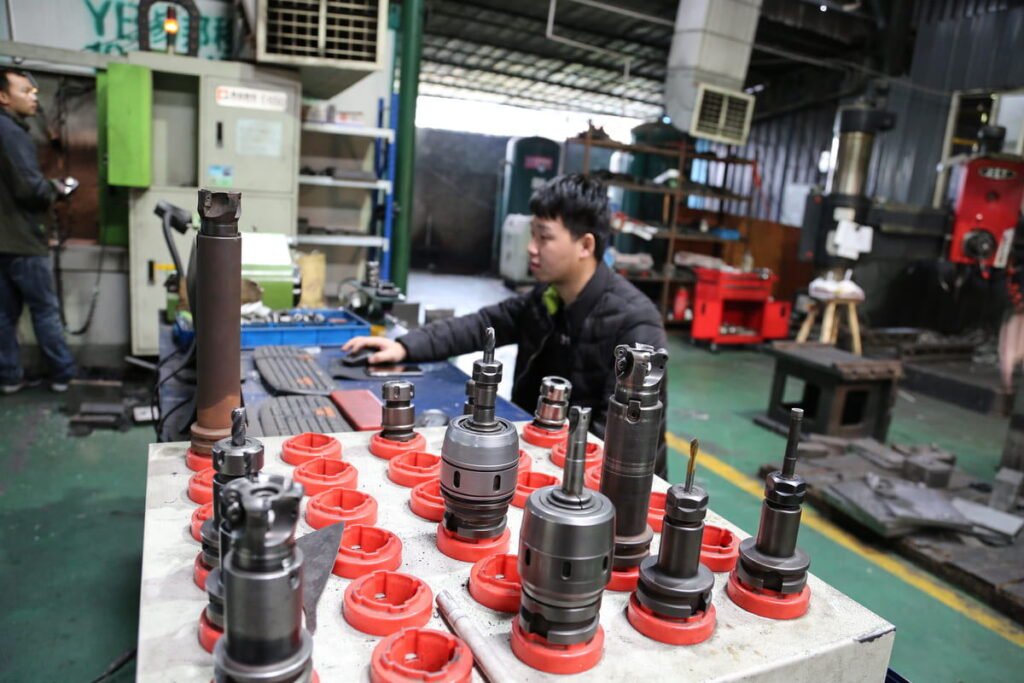
Contrasts of Die-casting and 3D Printing
• Die-casting is an older method of casting. It dates back to the 18th century. Conversely, 3D printing is a relatively new method of manufacturing.
If you want to make a sample , 3D printed is lower cost ,it suit for small batches , but die casting suit for large quantities.
• Die-casting involves pouring molten metal into a mold and allowing it to solidify. The cast parts take the shape of the mold.
On the other hand, 3D printing involves adding successive layers of material to manufacture the desired objects. It involves using 3D modelling software which determines the shape of the object to be manufactured.
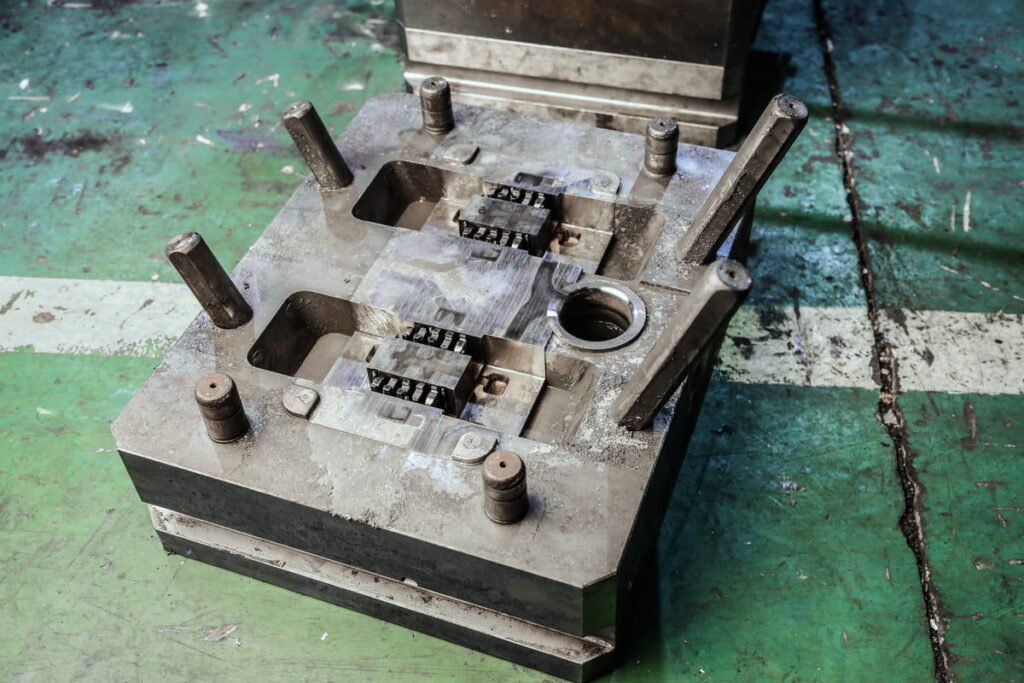
• In die-casting, you can use a mold hundreds of times, depending on the quality of the mold material. So, die-casting is suitable for large-scale manufacturing of identical die-cast parts.
Conversely, 3D printing is only ideal for low-volume manufacturing. It is suitable for developing prototypes of parts.
• Die-casting is suitable to manufacture large mechanical parts, such as engine components, etc. Conversely, 3D printing is not. This is because of the limitations of the dimensions of the 3D printer.
• Although die-casting can manufacture some complex parts too, it may be difficult to use to manufacture some intricate parts.

Conversely, you can use 3D printing to manufacture almost any parts, no matter the design. It allows for more intricate designs, a high level of precision, details and customisation.
If you want to manufacture objects with highly accurate designs, then consider using 3D printing.
Note that:
• In conventional mold production, cooling channels in molds are usually machined in straight lines. This can cause slower and non-uniform solidification in casting. It can also impair the mold.

However, with 3D printing, you can easily integrate cooling channels into a mold, rather than machining these channels in a straight line.
• Sand-cast mold cavities are made by hand-picking sand around a design pattern. This design usually requires placing cores into the mold to create the interior contours of the casting.
With the 3D printing method, this process can be simplified by creating sand molds and cores directly from CAD files.
Rapid prototyping
Rapid prototyping is use for metal parts, like aluminum parts , zinc parts ,brass parts.
When you are not sure if the part is suitable for the market, you need to test it.if is ok, you will beginning high volume production
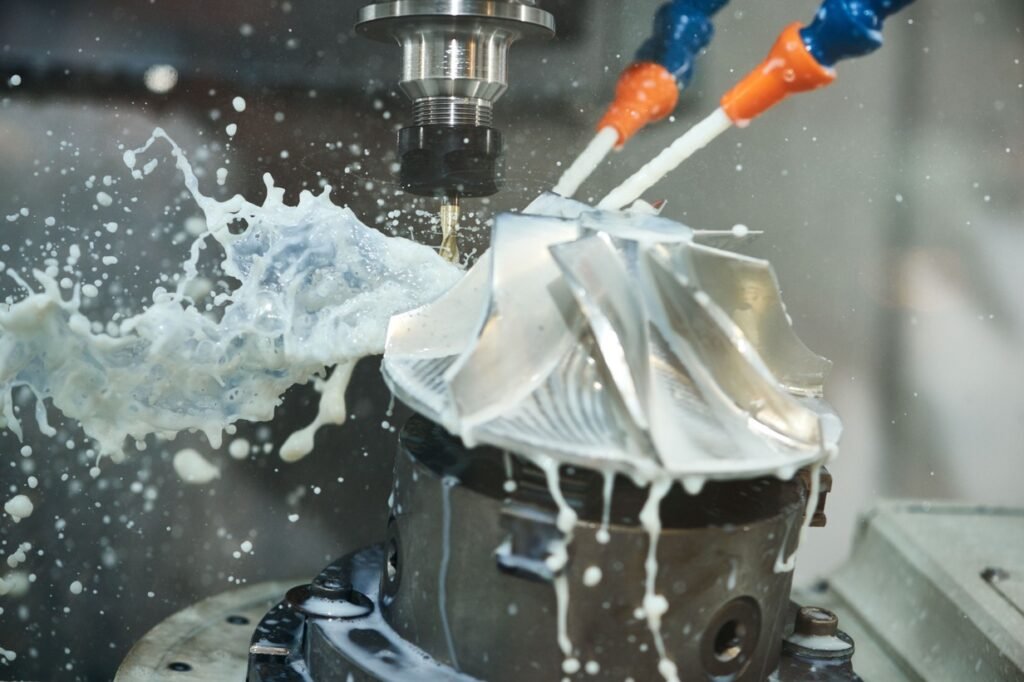
In order to get precise parts , we can buy whole metal , then according the drawing , we start to machining .
In this way, the unit price will he high . but the biggest advantage is save cost effective for you future
Conclusion
In this article, we’ve considered the methods of die-casting and 3D printing. We also examined the contrast of both manufacturing methods. This knowledge would help you in choosing a suitable method for your manufacturing.








